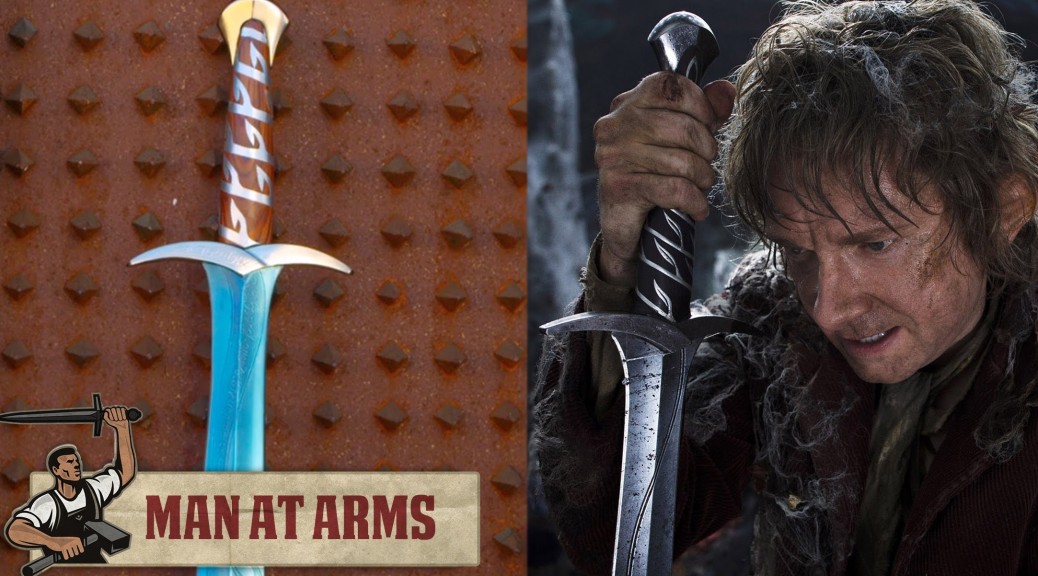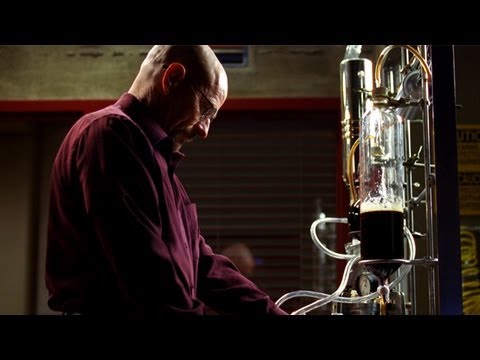The following article comes from a 1926 issue of The Washington Post:
Culver City, Calif., Sept. 25 (By A.P.) — A speck of radium or a refrigerating plant capable of freezing a lake are all in a day’s work for the motion picture property man when he goes shopping.
The purchasing department of the Metro-Goldwyn-Mayer shows both items on the list of supplies for pictures, the radium playing a part in one film while the ice plant prepared an artificial lake for a winter scene in another.
This picture producing plant buys in army quantities—200,000 gallons of paint, 4,000,000 feet of lumber, 10,000 sacks of plaster, and tons of explosives being included in its annual purchases. A mill was chartered to weave plaids for a Scottish army in the filming of “Annie Laurie.”
Furniture is bought in carload lots and virtually every make of automobile is found in the transportation department.
From these wholesale purchases, the versatile property man turns to buying flower bulbs, a dust pan or an old oil lamp.
The studio bought a fox terrier puppy for one picture and the same day a pullman car for another.
The diversity of the products over which the movie dollars are spread is shown by the fact that 22,000 purchasing orders issued by Metro-Goldwyn-Mayer in one year were for 100,000 different commodities.
Originally published in The Washington Post, September 26 1926, pg M8.


